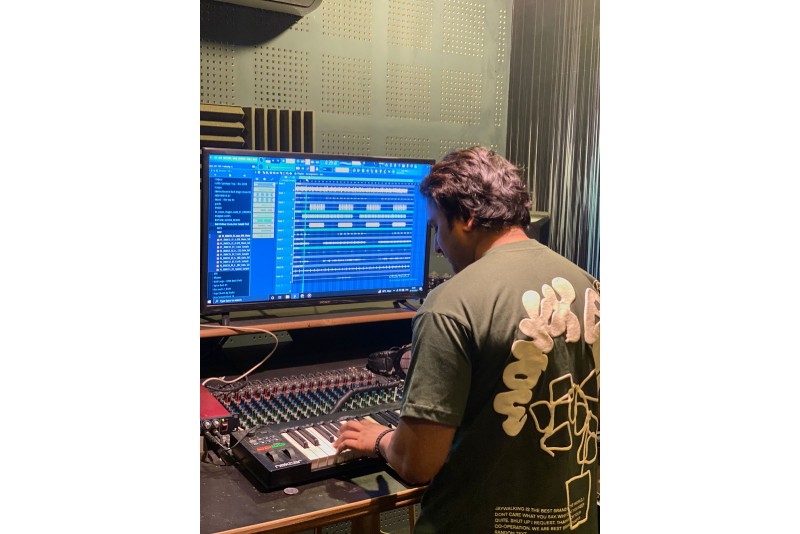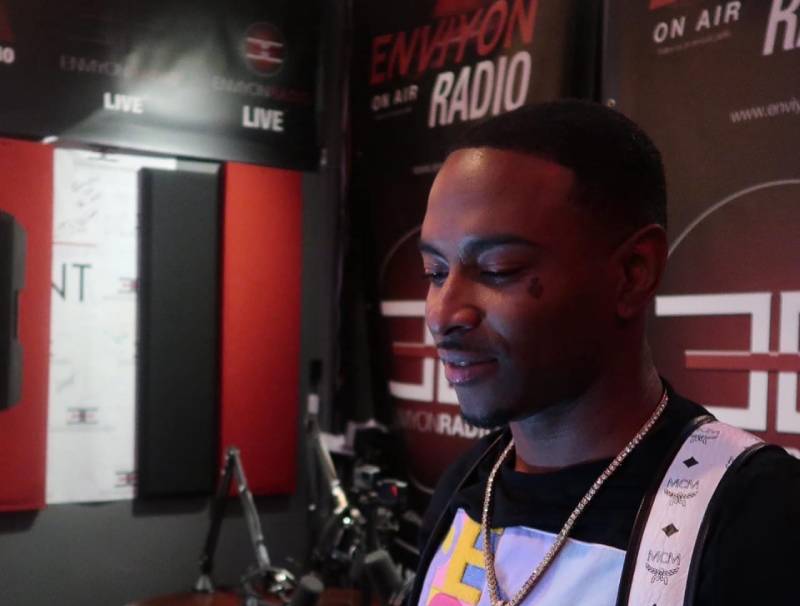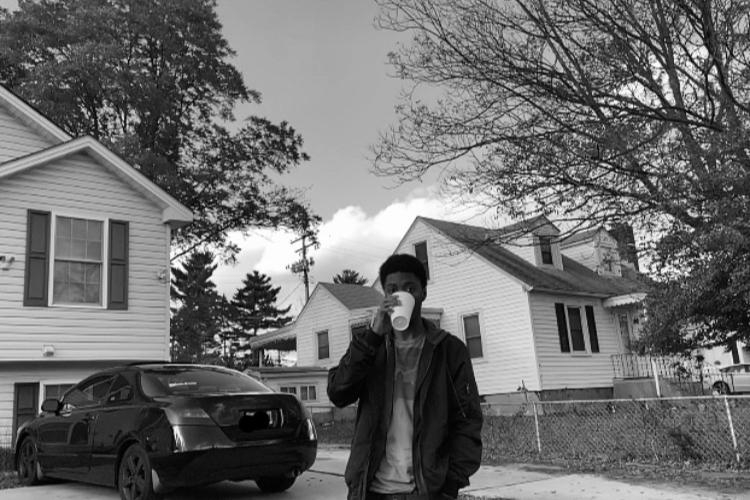Radio, once defined solely by its over-the-air presence, is undergoing a powerful transformation. With the rapid evolution of digital consumption habits, broadcasters are shifting towards a multiplatform strategy—leveraging TikTok, YouTube, podcasts, livestreaming, and social media to reach wider, more diverse audiences.
From Cross-Platform to All-Platform
Gone are the days when radio was limited to FM or AM dials. “We use the phrase cross-platform, but it’s really all-platform in today’s environment that we should be thinking about,” said radio consultant Buzz Knight at the NAB Show in Las Vegas. The industry is no longer just about directing people to on-air content—it’s about connecting wherever they are.
This shift recognizes the reality that many listeners today may never tune into traditional broadcasts. Instead, they consume content on platforms like YouTube and TikTok, where they can discover shows, engage with personalities, and share segments instantly.
Redefining the Radio Endgame
Phil Becker, Executive VP of Content at Alpha Media, emphasized the importance of focusing on content usage over platform loyalty. “We need to focus more that they use us, not where they use us,” Becker said. He argued that a high-value multiplatform strategy isn’t just an option—it’s a competitive necessity.
Social media now plays a dual role: it markets the station and also serves as a standalone content hub. The focus is shifting to the value offered to the audience, whether they listen on air, stream online, or scroll through their feeds.
Meeting Audiences Where They Are
Sean Birch of South Carolina Public Radio acknowledged the importance of catering to segmented audiences. With fewer people sticking to traditional formats, the need to embrace a diverse digital ecosystem is clear.
“The world has completely changed. We don’t live in a world where people watch the same TV show. We are consuming content in so many different ways,” Birch said. This means one-size-fits-all content strategies no longer apply. Successful stations now develop specialized offerings for web, app, podcast, and social channels.
Boosting Awareness Through Livestreams and Social Media
Greg Strassell, Executive VP of Programming at Hubbard Radio, shared how WTOP-FM in Washington, DC, launched a livestream on YouTube—and saw average viewer time increase beyond its radio listenership. “We’re promoting the mothership brand, but doing it in a different style—and it’s working,” he said.
Platforms like YouTube not only draw longer attention spans but also unlock new advertising revenue streams. Even paid content promotions can be a cost-effective way to enhance reach and entice ad buyers.
Radio for the TikTok Generation
Matt Shearer, a content creator with iHeart’s WBZ Boston, has demonstrated TikTok’s potential in reaching younger demographics. His viral clips first attracted Gen Z, then began pulling in older viewers as the platform’s user base expanded. WBZ has since seen a noticeable ratings boost among 25-54-year-old men, largely due to TikTok engagement.
“There’s proof in the numbers,” Shearer said. “If you’re not making everything you do cross-platform, then you’re missing an opportunity.”
Creating Content-First Experiences
Sometimes, unexpected digital initiatives yield surprising results. Birch cited a history-themed game show and podcast by South Carolina Public Radio that reached entirely new audiences online. The takeaway? Online and on-air audiences aren’t the same—so you must meet them where they are.
Meanwhile, Alpha Media’s Spout podcast, which features interviews with top music artists, averages 400,000 weekly downloads and is being shopped to streaming platforms. “That didn’t require any additional resources than we already had,” Becker said, highlighting the power of repurposing radio assets for massive digital gains.


 Entertainment3 weeks ago
Entertainment3 weeks ago
 Entertainment3 weeks ago
Entertainment3 weeks ago
 Entertainment3 weeks ago
Entertainment3 weeks ago
 Entertainment3 weeks ago
Entertainment3 weeks ago
 Entertainment3 weeks ago
Entertainment3 weeks ago
 Entertainment2 weeks ago
Entertainment2 weeks ago
 Uncategorized3 weeks ago
Uncategorized3 weeks ago
 Entertainment2 weeks ago
Entertainment2 weeks ago








